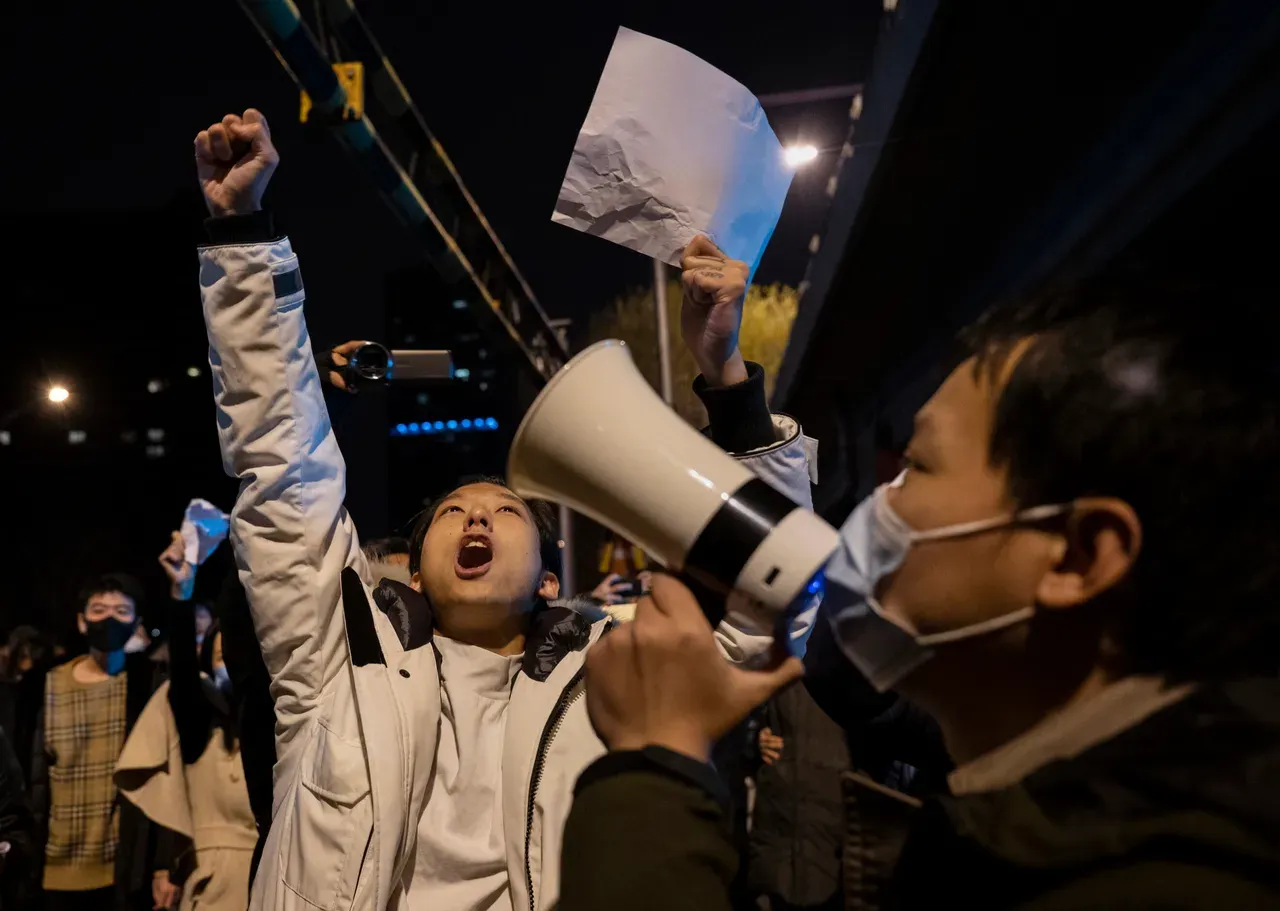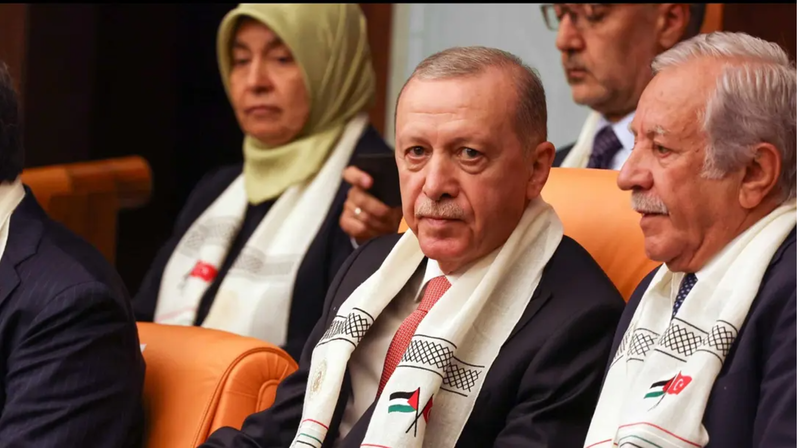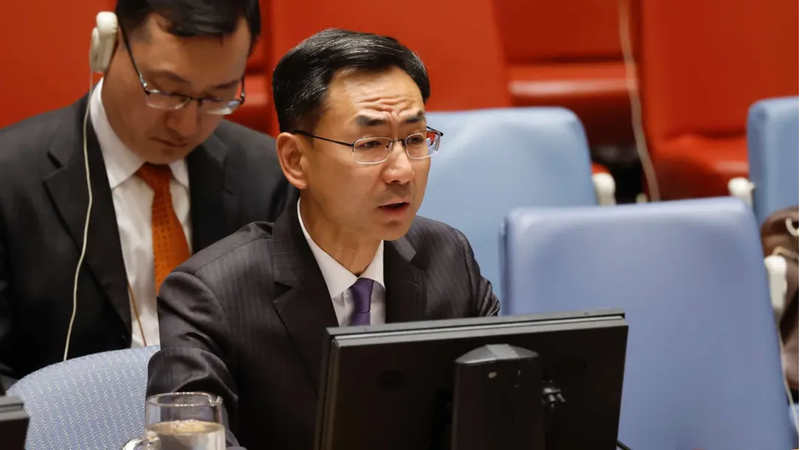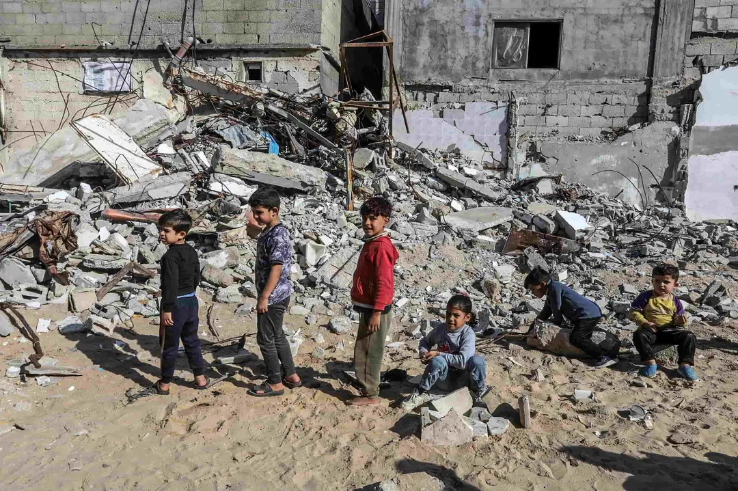China COVID Protests: Guangzhou Eases Restrictions as Tensions Rise
On Wednesday, Guangzhou city officials loosened COVID restrictions in several districts. Health commission deputy director Zhang Yi stated that "the inconvenience caused to the public" should be minimized, allowing for home quarantine and shorter lockdowns while ending mass testing.

Facts
- On Wednesday, Guangzhou city officials loosened COVID restrictions in several districts. Health commission deputy director Zhang Yi stated that "the inconvenience caused to the public" should be minimized, allowing for home quarantine and shorter lockdowns while ending mass testing.
- This comes after protesters reportedly clashed with riot police in Guangzhou on Tuesday night as demonstrations against the government's zero-COVID policies continue in major cities — the largest outbreak of civil disobedience in mainland China since the 1989 Tiananmen protests.
- Videos posted online reportedly showed police in white hazmat suits using riot shields to protect themselves as well as people being taken away in handcuffs.
- Reuters confirmed that the videos were filmed in Guangzhou's Haizhu district but it's unclear if the footage was from Tuesday night, as there have been similar protests in the city in recent weeks.
- Even as restrictions are being eased, Guangzhou recorded almost 7K COVID new cases on Tuesday. Haizhu — with a population of 1.8M — has reportedly been the source of most cases despite much of its area being under lockdown since October.
- White House national security spokesperson John Kirby and Canadian PM Justin Trudeau both showed their support for the protesters on Tuesday, emphasizing that peaceful protests must be protected.
Sources: SCMP, Al Jazeera, BBC News, Reuters, and Guardian.
Narratives
- Pro-China narrative, as provided by Global Times. The COVID situation is tenuous and dangerous in China, but PRC officials are doing their best to reduce the inconvenience to citizens in economic and public life. That said, the virus is spreading quickly across the country in a complex way, and is a threat to public health and safety. There must be even more targeted measures now, but a whole-of-society approach is needed to navigate the COVID threat.
- Anti-China narrative, as provided by Politico. Though the protests in China began as a simple show of opposition against Beijing's authoritarian COVID policies, the movement is quickly becoming the most comprehensive threat to the Chinese Communist Party since 1989. With some protesters now calling for the fall of the regime, Xi Jinping may have to worry about his political future, as the country increasingly moves against authoritarianism. Security forces have avoided using brutality to quell the uprising, but the future could see some of the worst violence since the Tiananmen Square massacre.






